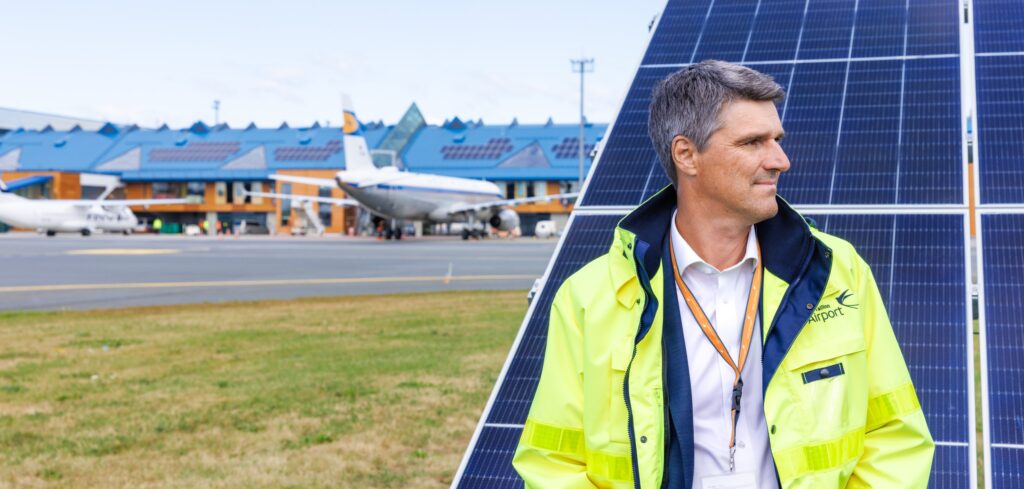Tallinn Airport has switched from gas heating to district heating in buildings on airport premises.
District heating involves taking energy released as heat from a variety of sources and providing it to buildings via a system of highly insulated pipes. Tallinn Airport’s transition is intended to add to its energy independence and improve the security of supply while also playing an important role in achieving the facility’s environmental goals. The switch to district heating will reduce the airport’s carbon footprint by almost 20%.
The total area of the buildings on the enclosed territory of the airport is 93,500m², of which 70,000m² is now covered by district heating. In 2022, the airport bought almost €2m (US$2m) worth of gas to heat its buildings. According to Tallinn Airport, if it had used district heating, it would have paid around half as much. The airport is now also using sources other than gas for its energy – including wood chips – to reach its target of being carbon neutral by 2030. Alongside this, the airport company is making use of residue from local tree felling and timber processing to generate heat. This move is to cut down on transportation emissions and support a circular economy by finding a use for all materials.
There are several airports in the Tallinn Airport group. In addition to making this environmentally friendly switch, the company has asserted the importance of producing its own electricity to ensure the security of supply and reduce its emissions. It aims to be producing around 40% of the electricity it uses by 2024 and to have switched to 100% self-generated solar power by 2030. Currently, its solar farms cover around 14% of its electricity needs, but at its smaller airports, the amount the farms produce on sunny days is already reportedly outstripping consumption.
Overall, Tallinn Airport’s goal is to ensure the sustainable and responsible operation of the airports belonging to the group and the provision of services while preserving the natural environment and reducing emissions. To support its environmental aims, it is making increasing use of battery power and green technology, monitoring ground and rainwater levels and noise pollution, helping to raise awareness among passengers, employees and partners and constantly looking for innovative new solutions that contribute to environmental protection.
Riivo Tuvike, the chairman of the management board of Tallinn Airport, said, “We’d been planning to stop using gas for some time, and the situation in Europe sped up that process. Back in March, we started analyzing how we could ensure heating for all of our buildings while meeting our environmental targets. Cost-effective management is something we can’t afford to forget about in the current economic climate.
“As an airport, our ability to generate our own energy is limited by the unique nature of our infrastructure. That said, we’ve made the most of areas where nothing else can be erected, by installing solar panels on them. We already have seven solar farms at Tallinn Airport alone, and all of our regional airports are producing their own energy as well.”

